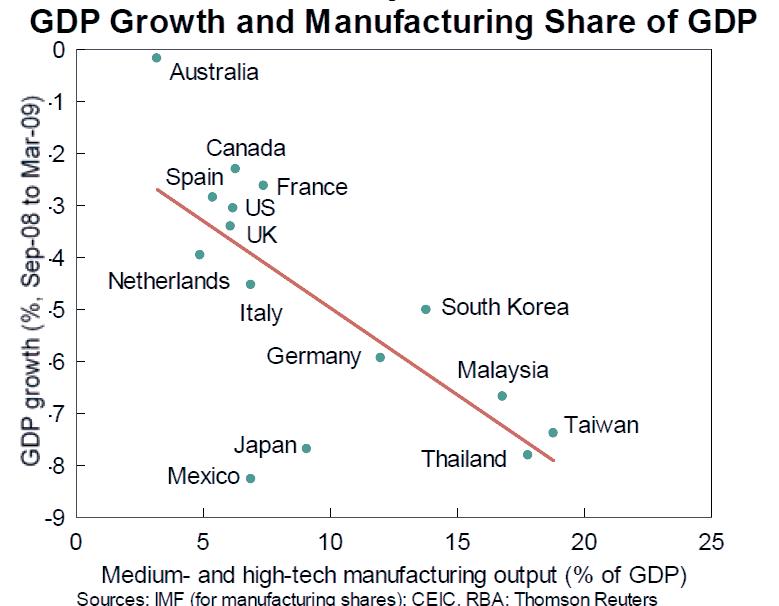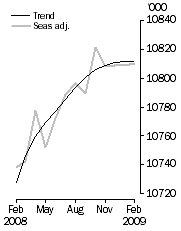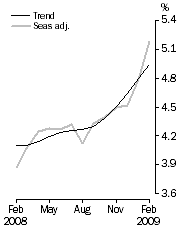Peter Martin, currently the economics editor of The Canberra Times, has got a nice little piece on labour productivity in Australia over here.
It’s fascinating for two reasons. The first is that growth in labour productivity in Australia has stalled – it may even be as low as 0% for the current financial year – and this slow-down coincides neatly with the Coalition’s Work Choices program. I’m not convinced that one necessarily caused the other. At the very least, I would have expected some sort of lag between Work Choices coming into effect and any change in productivity growth. Nevertheless, it looks ugly for the Howard government and they’re clearly doing their darndest to avoid drawing attention to it.
The second fascinating thing is that, even though this raises the question of whether Keating’s enterprise bargaining system was better in terms of promoting productivity growth, nobody – on either side of Australian politics – will dare mention this possibility. For the coalition, this makes perfect sense. They don’t want to acknowledge anything about the previous Labor government that was “better” than under them. For the Labor party, though, it’s far sadder. They’re clearly working under the assumption that invoking the name of Keating will tar them with the 1991 recession. It’s sad, because they’re just as clearly throwing away the best piece of evidence they have for Labor’s economic-management credentials.
In case anyone is interested, here is a graph from ABS data that Peter included in his piece, showing clearly that the quarterly change in labour productivity has turned negative for the last two quarters:

Recognising the probable noise in quarterly data, Peter also includes this graph of a four-year rolling average courtesy of Saul Eslake at ANZ:

Paul Keating, speaking to the ABC’s Eleanor Hall in the week leading up to the recent budget, justified enterprise bargaining over individual contracts thus:
On this floor at the ABC here, there must be 150 people. If you went out there and said to them, look we’re going to make an agreement for the next three years or four with the ABC and we want 3 per cent productivity a year out of it, or 2 per cent productivity, together you could all do something.
But if they just take Eleanor Hall by herself and say, you will give us an increase in productivity, how can you, individually? How can you? What are you going to do, talk louder? Talk more? Be at work earlier?
For reference, the latest Australian federal budget can be found here. The section relevant to Peter Martin’s commentary is Budget Paper 1, statement 4.
Update – 14 May 2007 – In response to Andrew Norton:
Andrew is absolutely right that a firm is concerned principally with profit, but there are always two ways to get more of the stuff. You can do the same at a lower cost (as he speaks of), or you can do more, with the value of the extra done being more than the extra cost it requires.
Assuming that the amount of labour employed remains the same in both cases, the first possibility does not increase worker productivity; it only shifts a greater proportion of the output away from labour and into firm profits. The second possibility increases worker productivity, with an ambiguous effect on the labour/capital shares of output.




